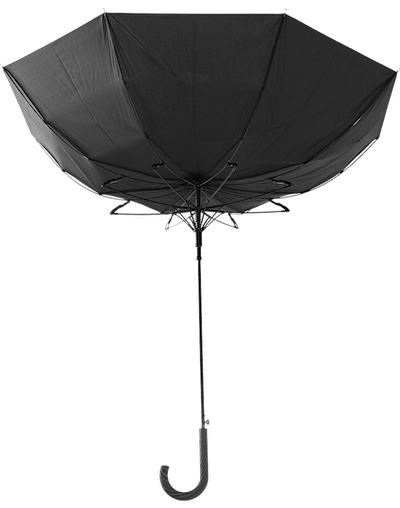Hi Billiou,
Very interesting observations. Your point about Mitre Square being a cul-de-sac only to vehicular traffic is valuable. I will be incorporating it into future updates to my book. Thank you very much for the insights.
All the best,
Richard
Very interesting observations. Your point about Mitre Square being a cul-de-sac only to vehicular traffic is valuable. I will be incorporating it into future updates to my book. Thank you very much for the insights.
All the best,
Richard





Comment